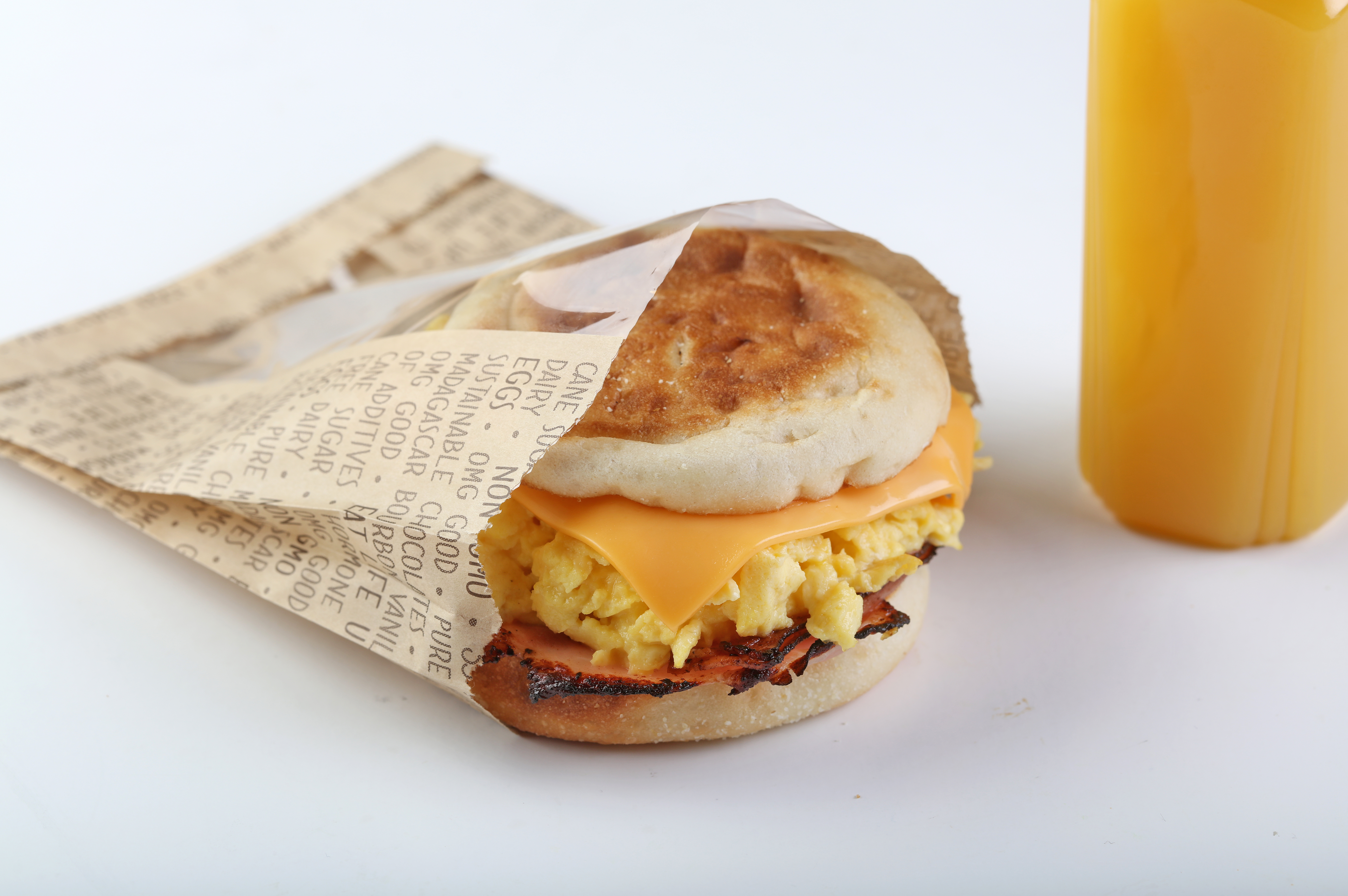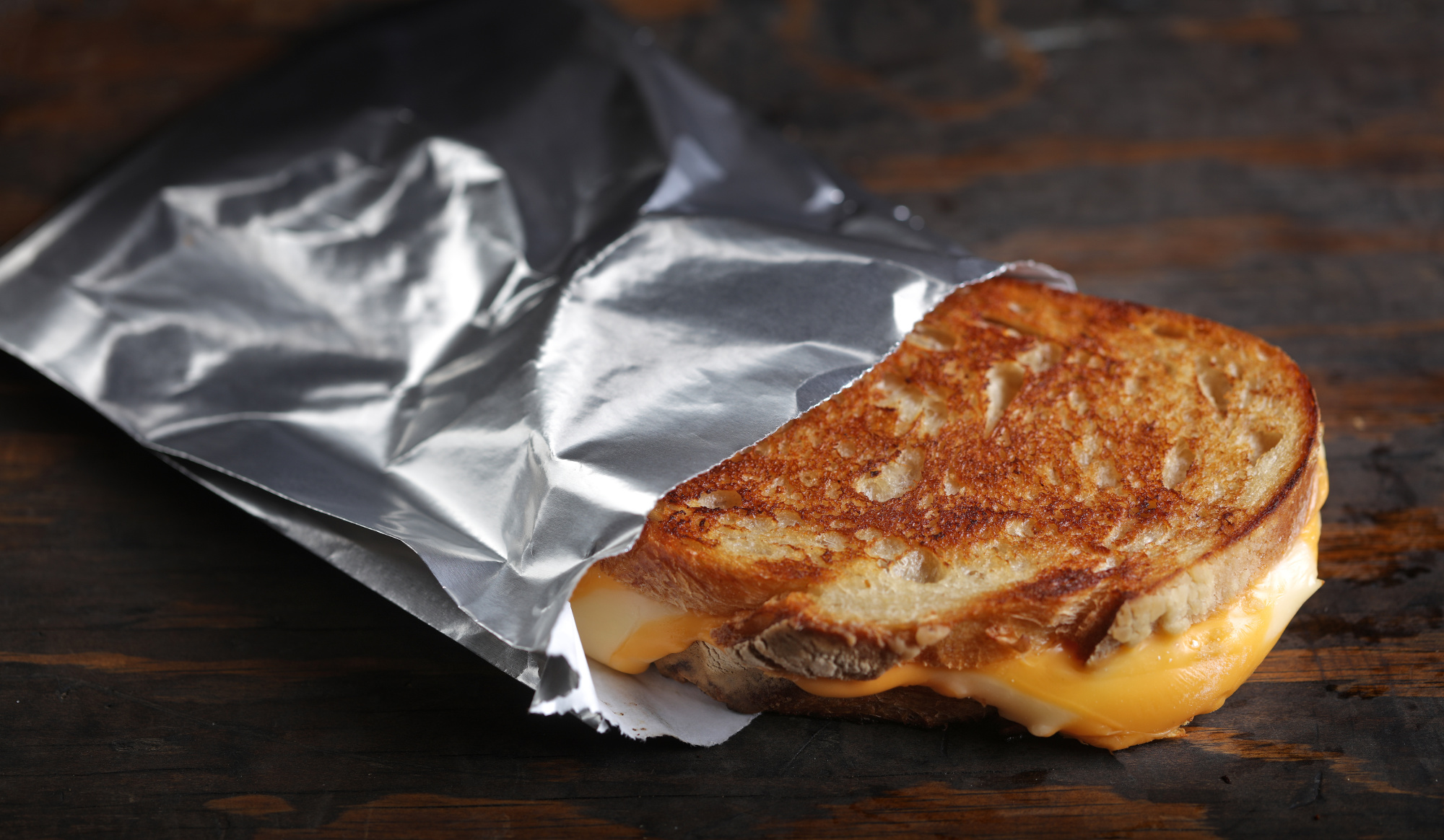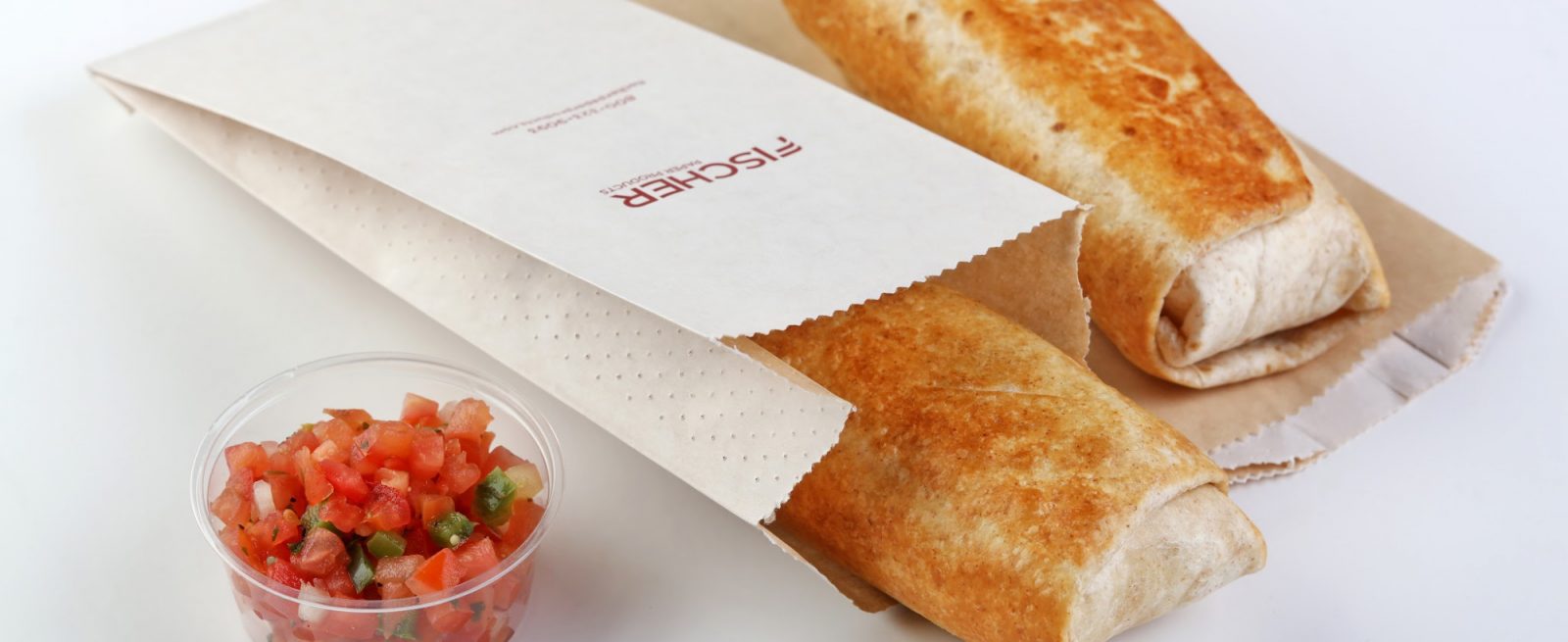Is the Soggy Fries Era Nearly Over?
5 Min Read By Bill Fischer
For a consumer to have a positive experience with an on-the-go food item, it is imperative that proper food packaging is used to complement the contents within it.
Everything from the functionality and portability, to the aesthetics and the sustainability of the vessel has a direct impact on the food within the packaging and on the overall experience that a customer has with a product. Having appropriate packaging options available keeps food as fresh as possible, promotes consumer satisfaction and can generate repeat business for an establishment.
Functionality
Packaging plays a vital role in the life of the food that it hosts, so ensuring that it is functioning at its peak will extend the value of the item inside. In order to provide a positive user experience, proper packaging must be used to preserve the quality of the food and keep it as fresh as possible for prolonged periods of time.
Everything from the functionality and portability, to the aesthetics and the sustainability of the vessel has a direct impact on the food within the packaging and on the overall experience that a customer has with a product.
There is a significant correlation that foodservice operators and manufacturers should understand between the kind of food prepared for sale and the type of packaging used to house the food. Educating operators about how to extend the life of a sandwich by properly layering the ingredients to reduce moisture, or about the best packaging options for home delivery, can go a long way when it comes to reducing waste and promoting consumer satisfaction.
Flexible and cheaper compared with the rigid packaging alternatives, paper packaging can adapt to support many functions. Using laminated and two-ply materials to increase heat retention, perforating to release moisture buildup, and adding a window to allow visibility of the product are just a few different functions that paper can achieve. Fischer Paper Products’ future TruView* bag line, for example, focuses on visibility of the food contents. Each bag will have a clear window panel that reveals the top and side of the food: grab-and-go consumers not only know that they’re grabbing a sandwich, they also can easily identify the ingredients.
Whether food is delivered straight from a grill to a patron’s door, waiting to be purchased from a refrigerated cooler, or sitting under a heat lamp for hours, Fischer Paper Products has a solution for a variety of situations that will result in the fulfillment of customer needs.
Portability
As our society shifts to an on-the-go mentality, it is essential that the packaging being used for an establishment’s operation can withstand the implications associated with third-party delivery.
A massive 79-percent surge is forecast in the total U.S. food home delivery market over the next five years, mainly driven by the rapid expansion of delivery companies like Uber Eats, Grubhub, DoorDash, Bite Squad and new players continuously entering the market.1Restaurants reported 1.75 billion delivery orders in 2017. From 2012 to 2017, delivery sales increased 20%, to $16.8 billion.2
As delivery demands grow, as well as the variety of menu items now available for door-to-door service, restaurateurs must battle the challenge of maintaining dine-in quality when delivering.
Restaurants and delivery services have struggled with hot, crispy foods, such as grilled sandwiches, thin-crust pizza and French fries — the white whale of delivery. The insulation that keeps these foods warm while they travel also locks in steam, risking sogginess and overcooking. Thirty percent of delivery-friendly consumers in the U.S. are not ordering fries due to quality concerns, with lack of crispiness at the top of the complaint list. Furthermore, 63 percent blame the restaurant for the delivered food quality, even when a third-party delivery is used.3
Over the past year, Fischer’s New Product Development team spent time trialing materials and structures that could provide a solution for crispy food delivery. The team discovered that results are very situationally dependent, not only on the food, but also on the means of conveyance. A perforated two-ply bag, for example, had promising results, and worked best if traveling in a cardboard delivery box. Based on testing, it became obvious that coming up with the best solution will require close collaboration between operators and vendors.

Packaging Aesthetics
One of the many benefits that stems from the use of paper food packaging includes the opportunity to capitalize on the blank ad space that a paper bag offers. The physical color and design of paper packaging can serve as a traveling marketing platform for a brand as it makes its way from point A to point B and everywhere in between.
If you search “food” and “packaging” on Instagram, about 300 million “food” and two million “packaging” photos will populate. To create buzz around a brand, foodservice operators must understand the importance of visual branding on packaging in order to take advantage of society’s obsession with sharing food photos.
Furthermore, having colored or branded packaging conveys a superior image compared with other products, while still maintaining an affordable cost. Additionally, branded packaging informs consumers about the product inside. For example, if there are two sandwiches, and one package has messaging that informs the consumer the sandwich was made with premium-brand meat, and the other has no messaging, the consumer will be more likely to choose the branded packaging due to the perceived value.
We have the capability to personalize packaging with branding that is specific to an operator. It is advantageous to place a logo on all packaging leaving an establishment to extend the visibility of a brand. Whether a piece of packaging is being carried down the street or found on the ground, it has the potential to serve as prime real estate for brand awareness.

Sustainability
Successful foodservice operators boost sales by paying close attention to current trends and consumer demands, which is why shifting to environmentally friendly paper packaging can have a positive impact on a retailer’s bottom line.
It has been discovered that more than half of consumers will choose environmentally friendly products when given the choice to buy or use a product or service, while 49 percent indicate that they would buy more environmentally preferable products and services if there was more selection available where they shop.4
Meeting the extensive demand for green packaging will not only give foodservice operators an edge over competitors, but it will also help to increase a solid and environmentally responsible customer base.
Given the projected growth of the sustainable packaging market, it is wise for foodservice operators to reconsider the types of packaging being used in their establishment while understanding the benefits of using paper products made from eco-friendly materials.
Government legislation and stringent laws regarding sustainability, increasing consumer awareness toward usage of sustainable and eco-friendly packaging materials, and a growing packaging industry are the major factors fueling the growth of the sustainable packaging market. Projected to experience a compound annual growth rate of 6.5 percent to reach a total market size of $341 billion by 2023, from $233 billion in 2017, the sustainable packaging market is on a steady rise.5
Fischer Paper Products’ TruKraft* product line, scheduled to launch early 2019, will appeal to customers and companies that are looking for ways to enhance their sustainability efforts. Modern consumers are aware of social and environmental issues and keep themselves informed about which businesses are benefiting their community. Meeting the extensive demand for green packaging will not only give foodservice operators an edge over competitors, but it will also help to increase a solid and environmentally responsible customer base.
Now is the time for foodservice operators to reassess what food packaging materials they are distributing and determine if they adequately convey the four main characteristics of packaging that thrives. Sustainability, functionality, cosmetic appeal and portability are the components that are helping to boost sales, create customer retention and raise client satisfaction when it comes to consumer food on-the-go.
1. Cowen and Company., an investment banking firm. 2. NRN.com. 3. NPD Survey *Trademark Pending. 4. Natural Marketing Institute Consumer Research. 5. Research & Markets.


